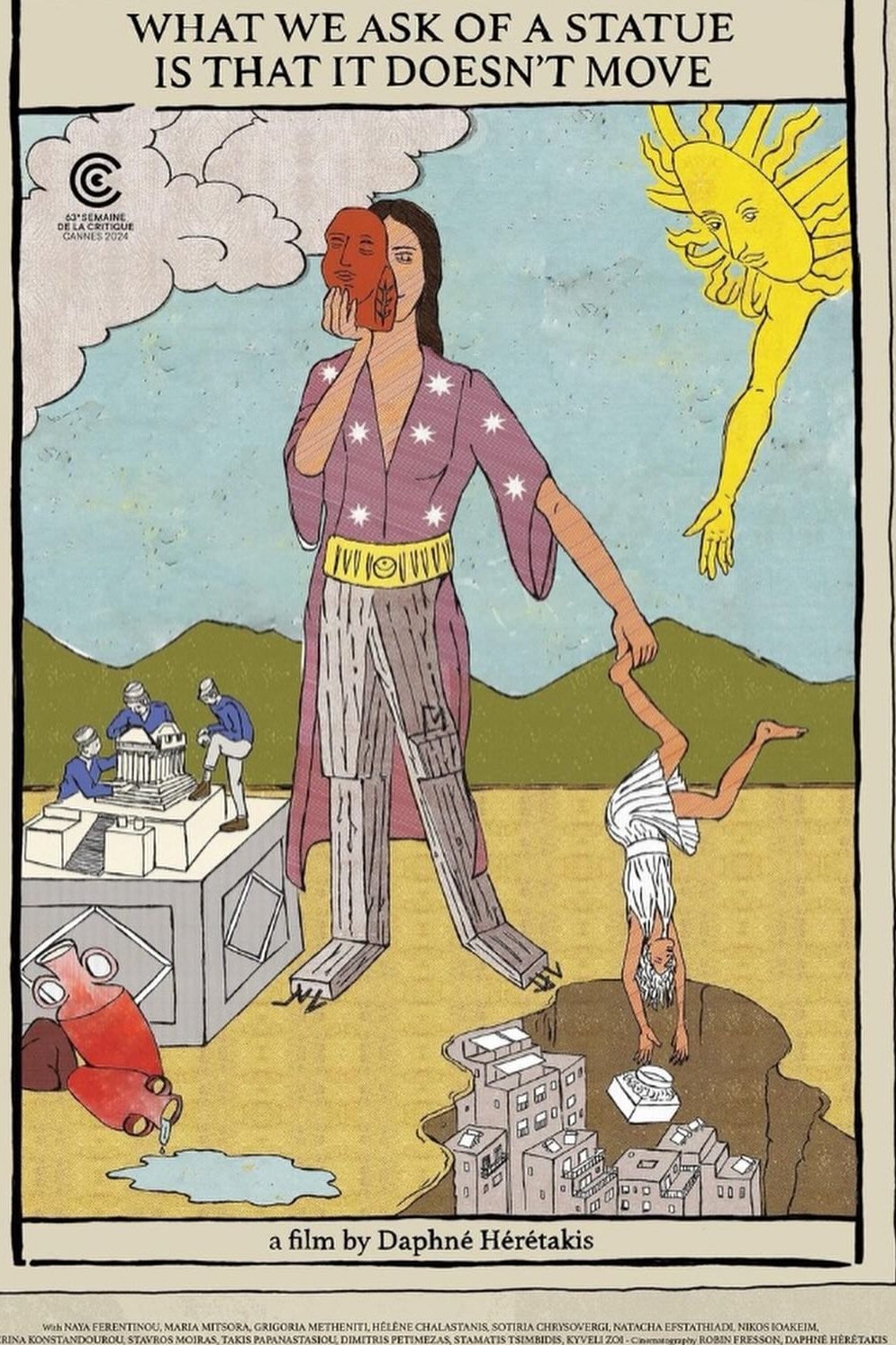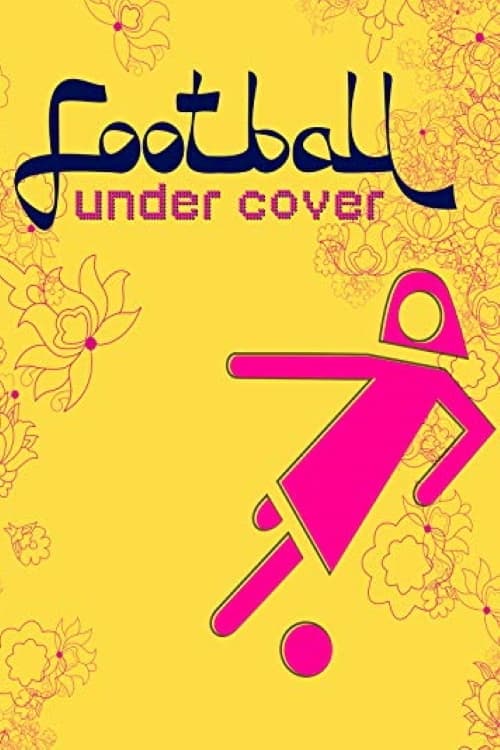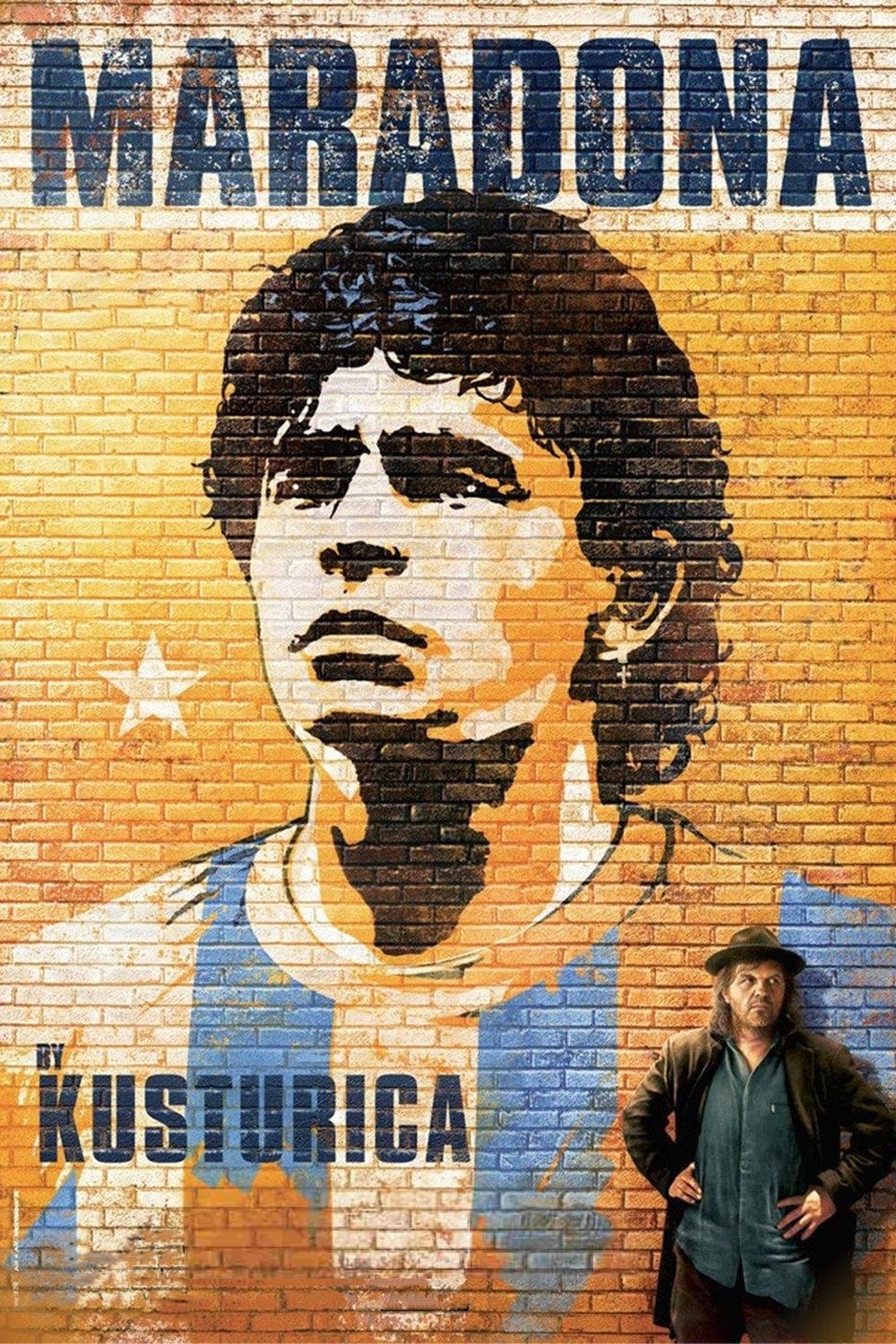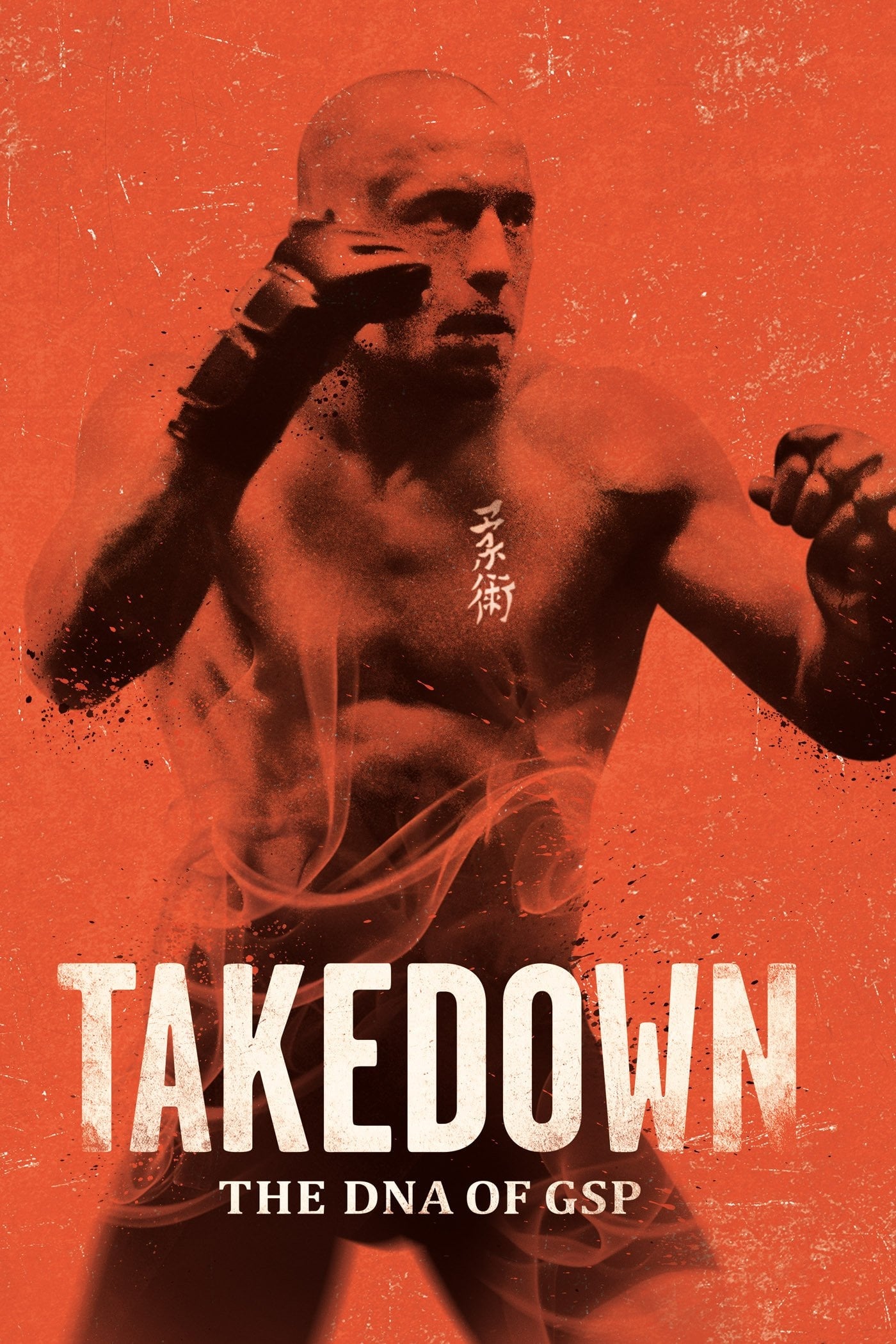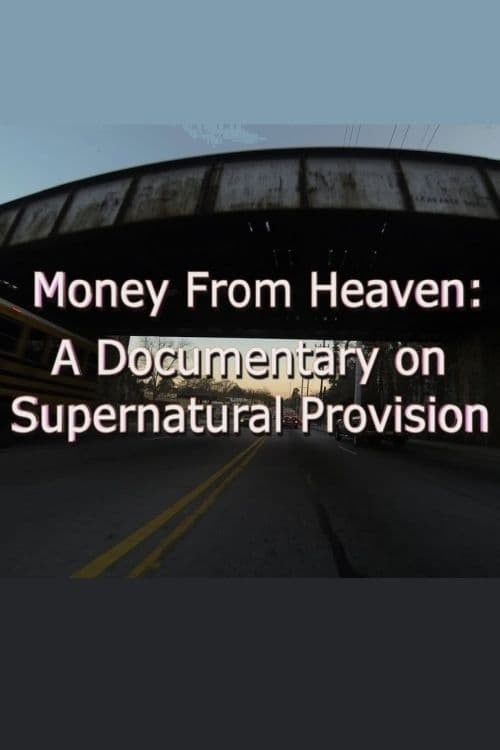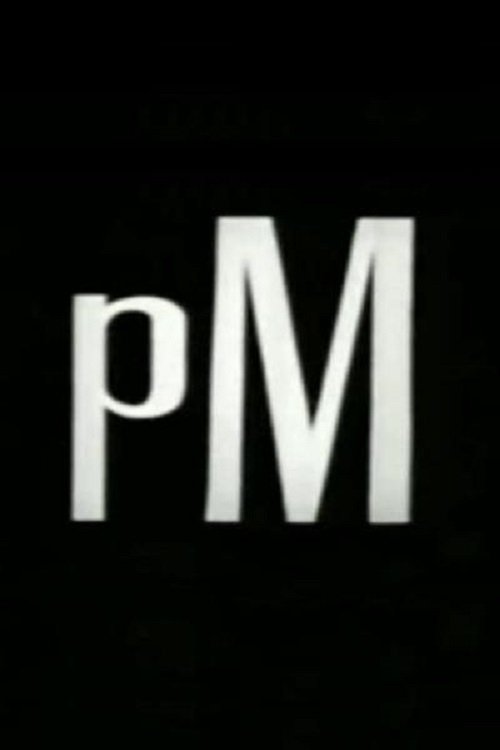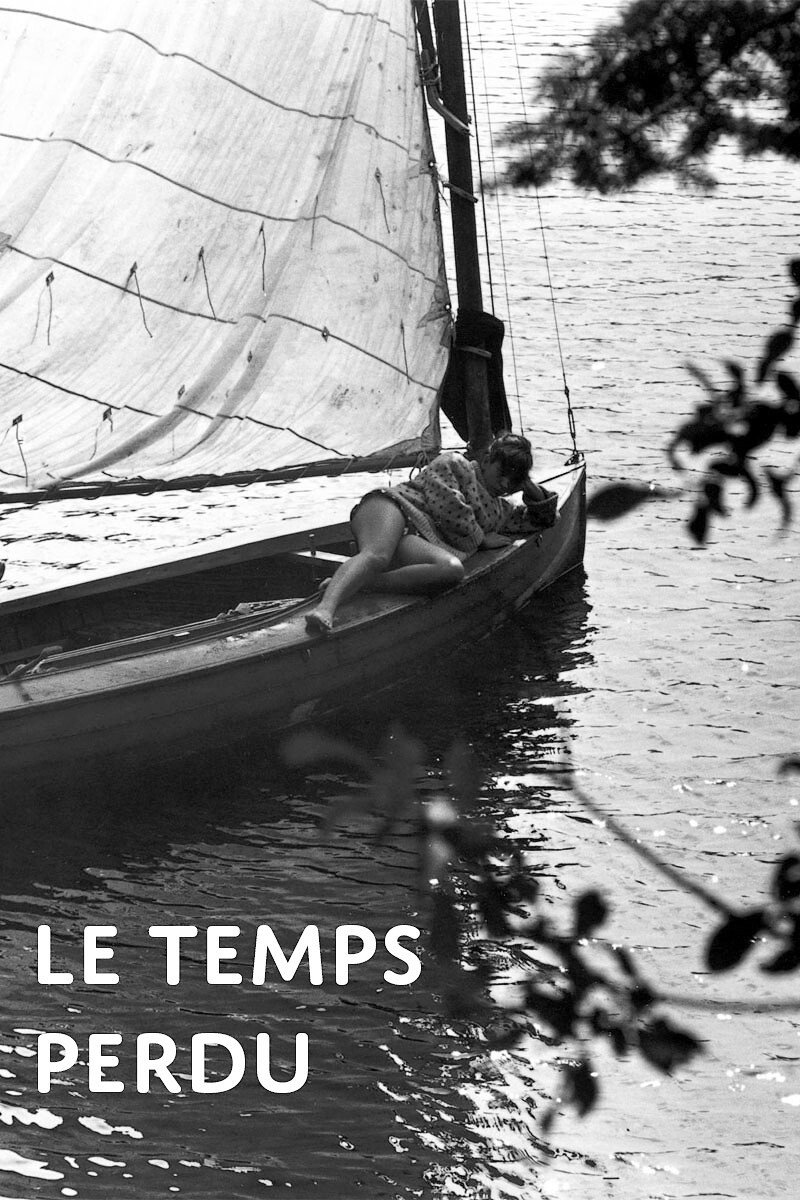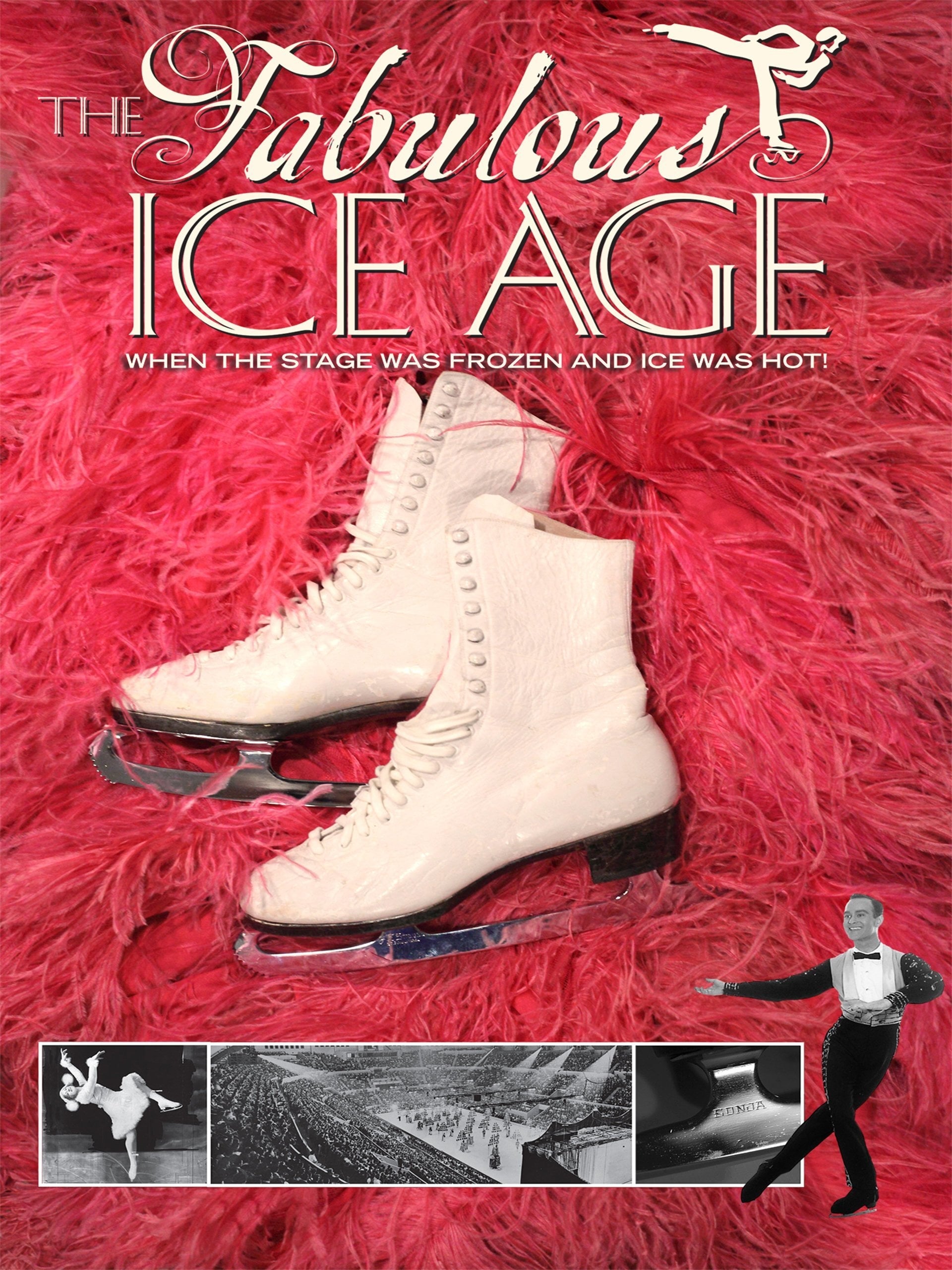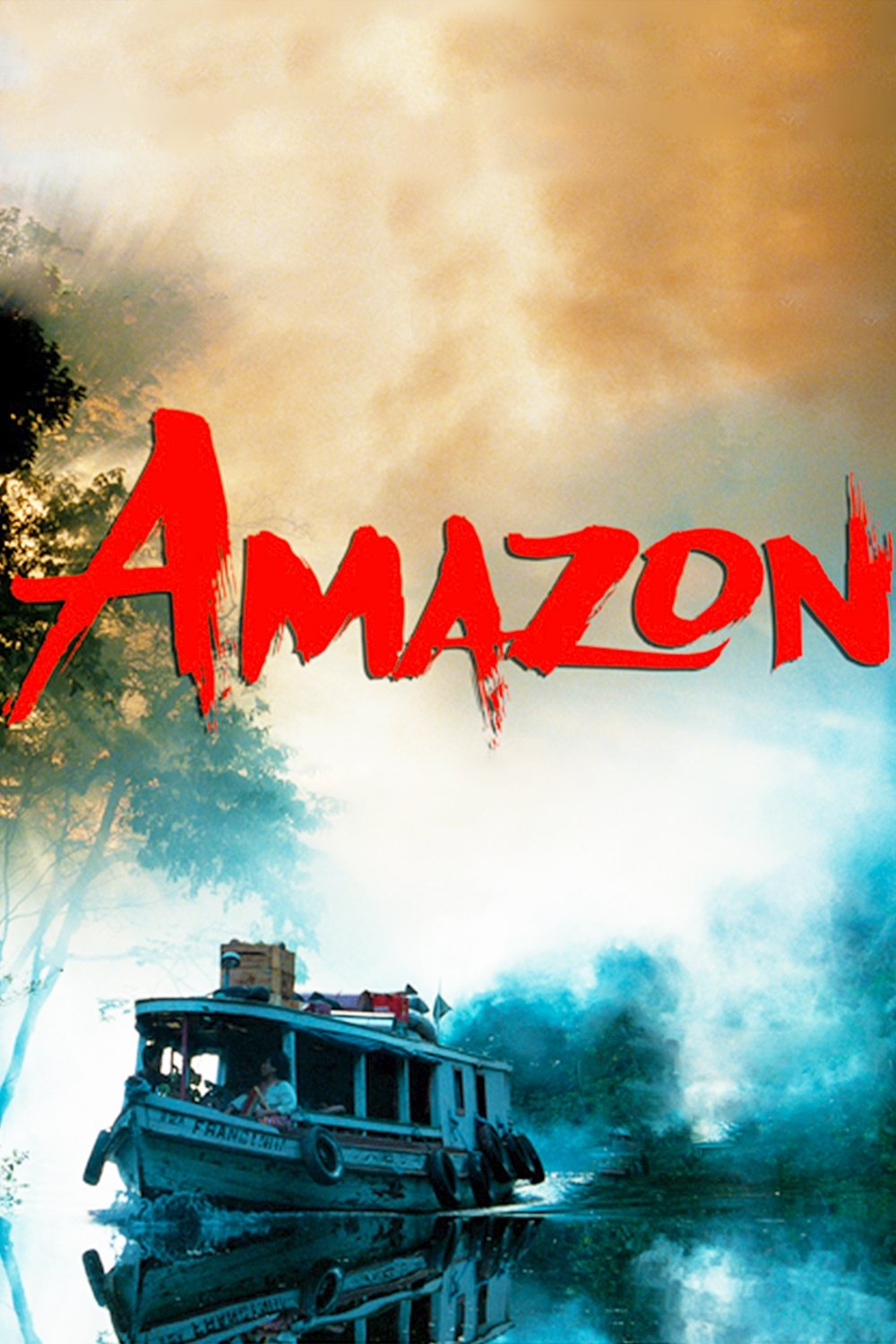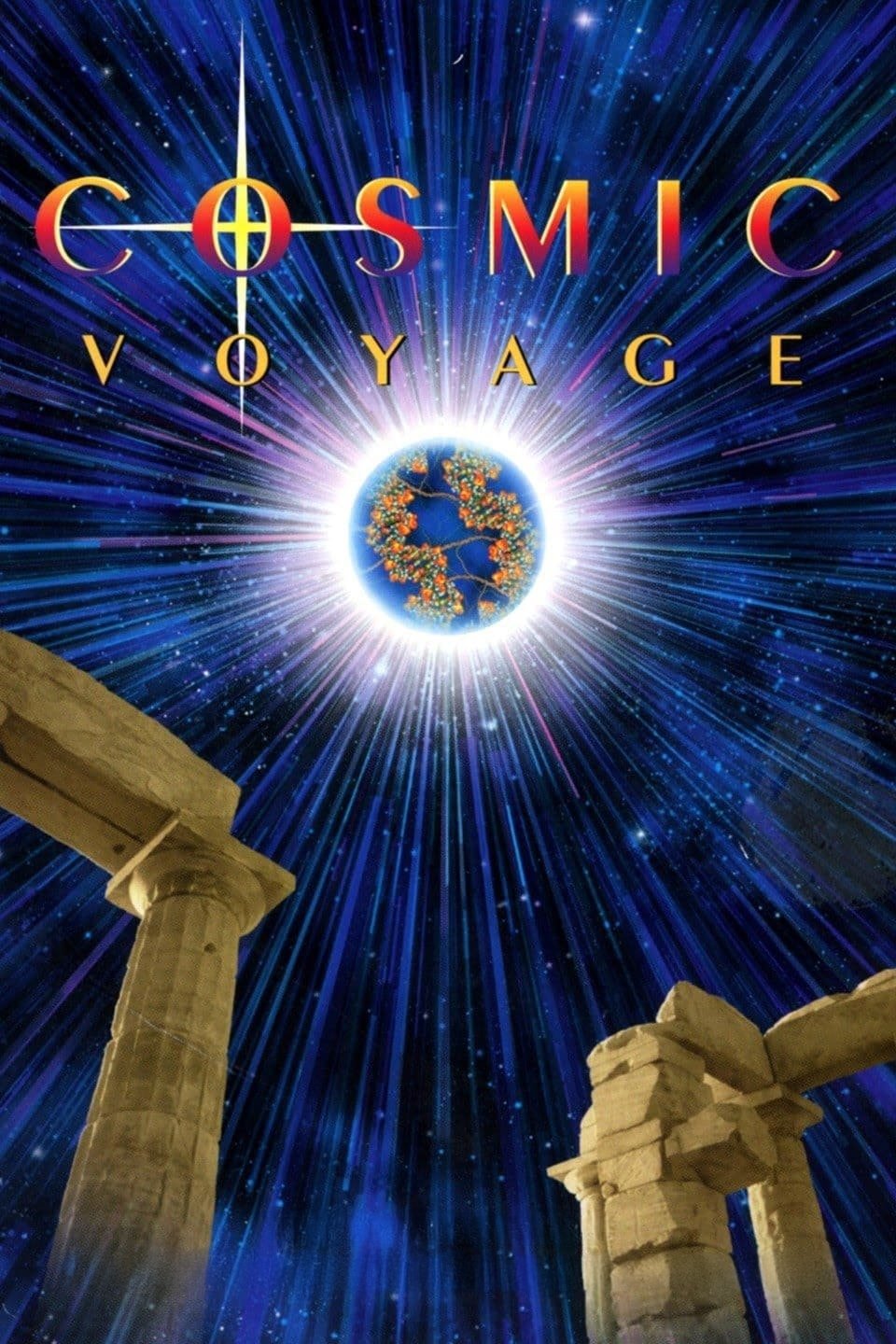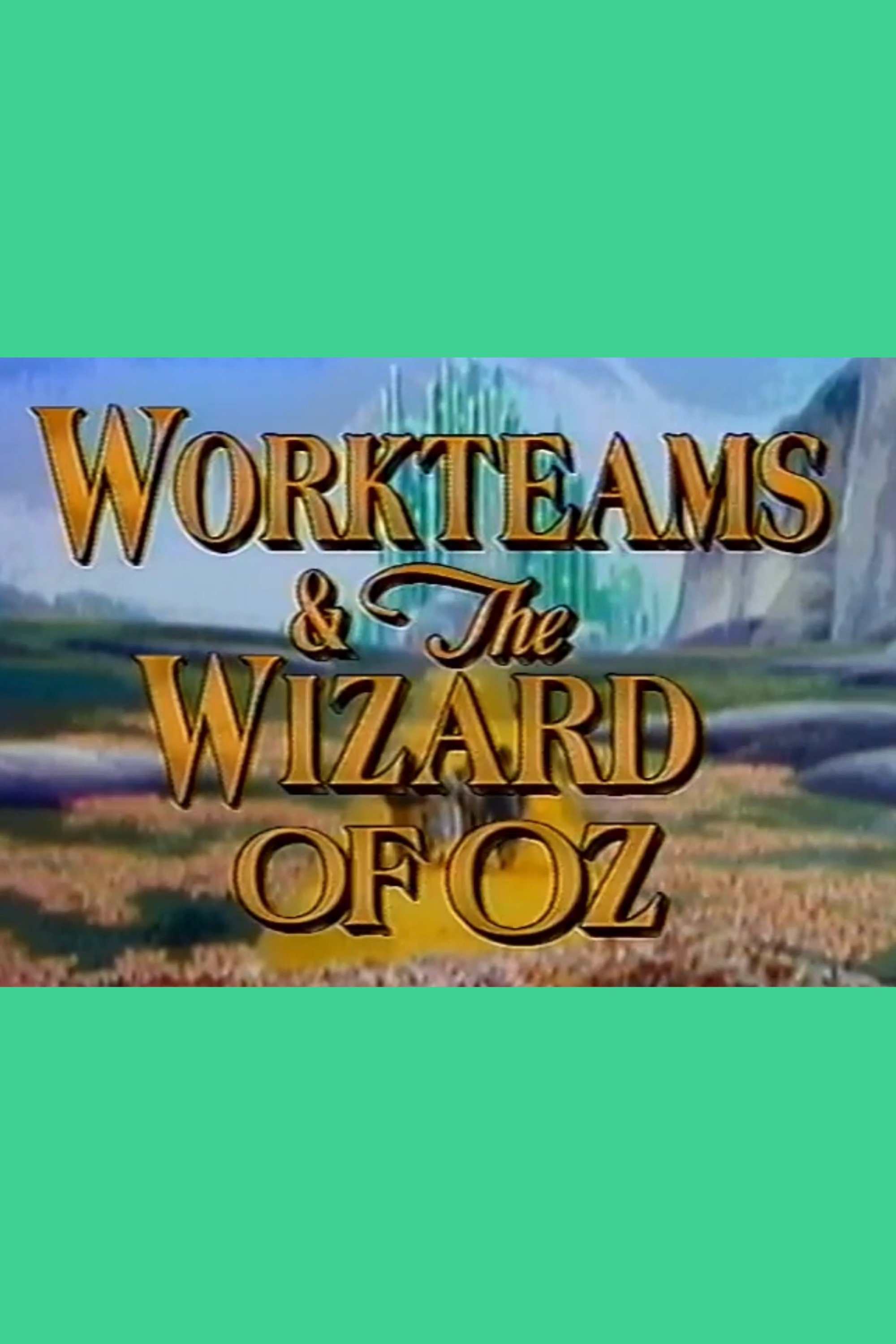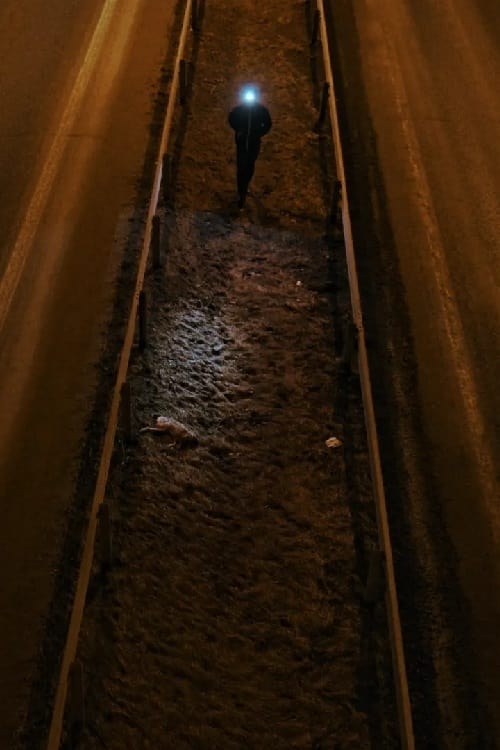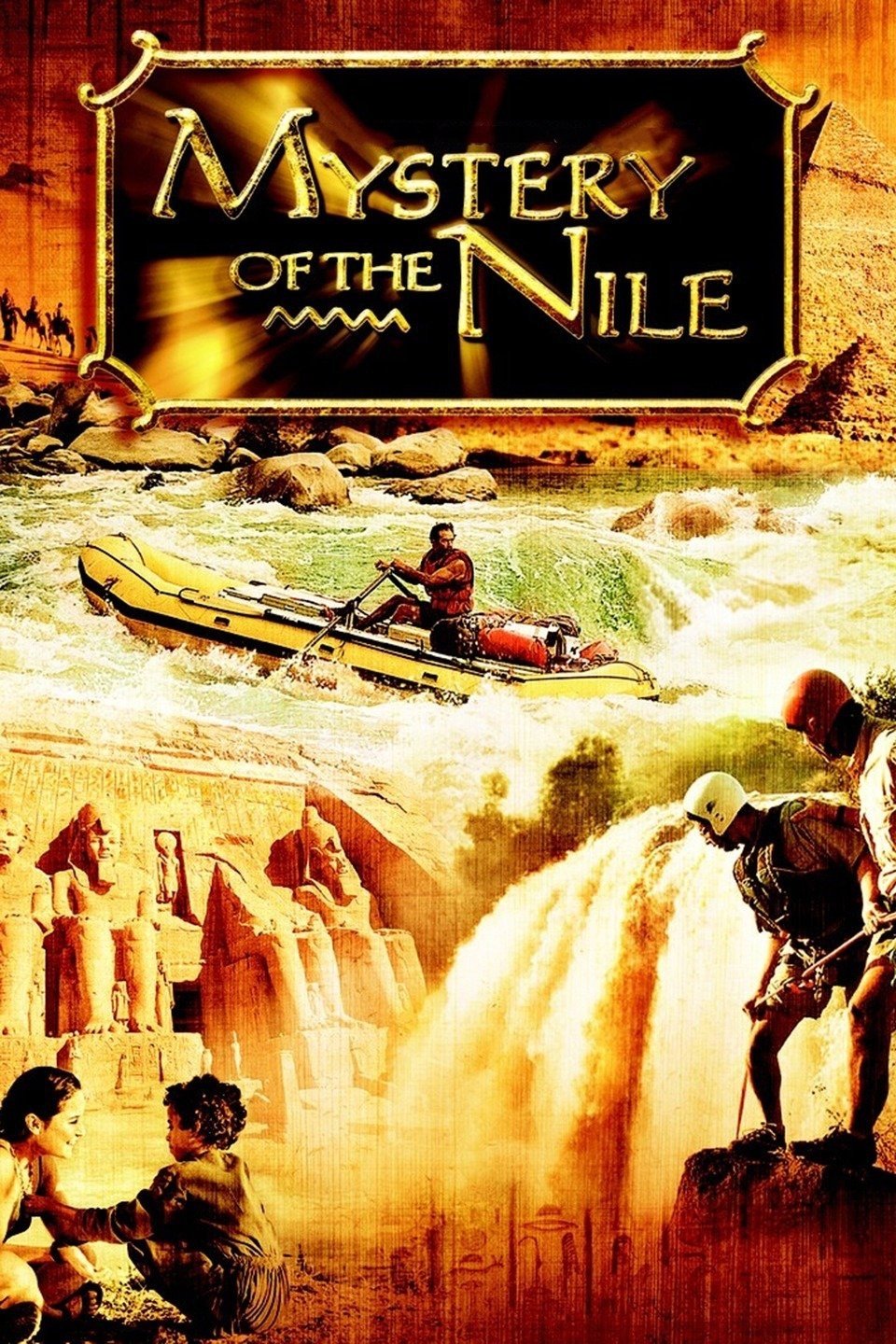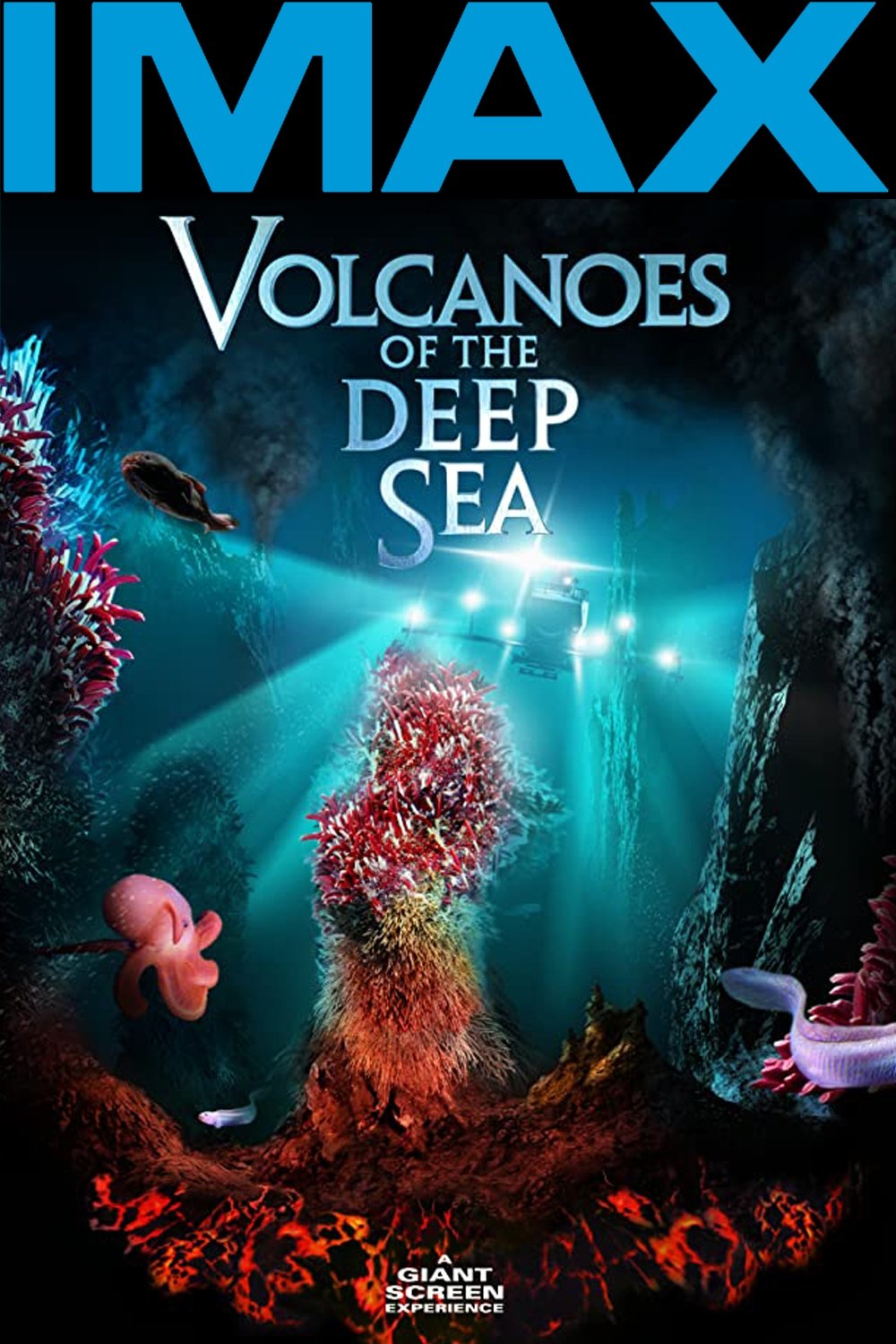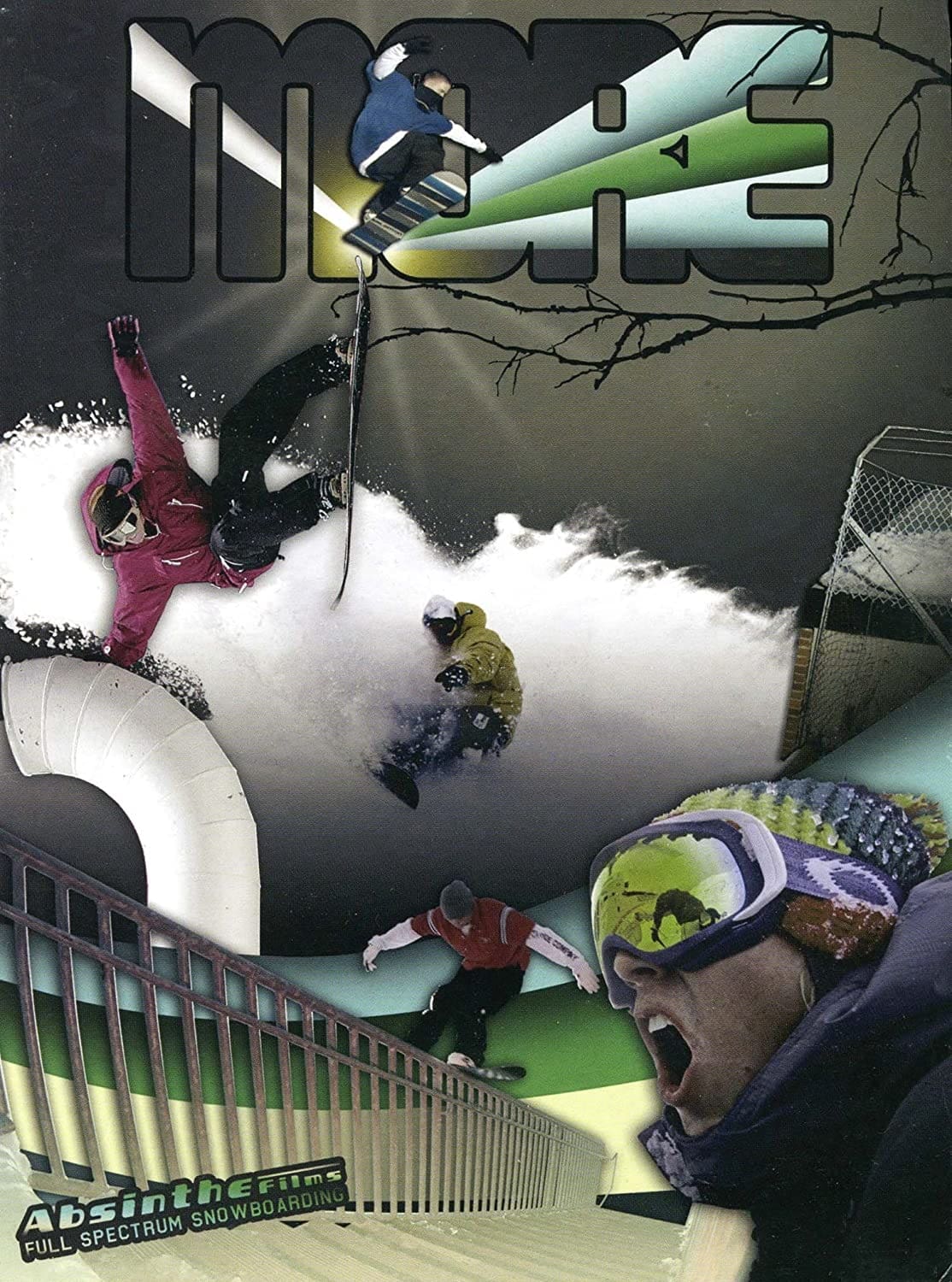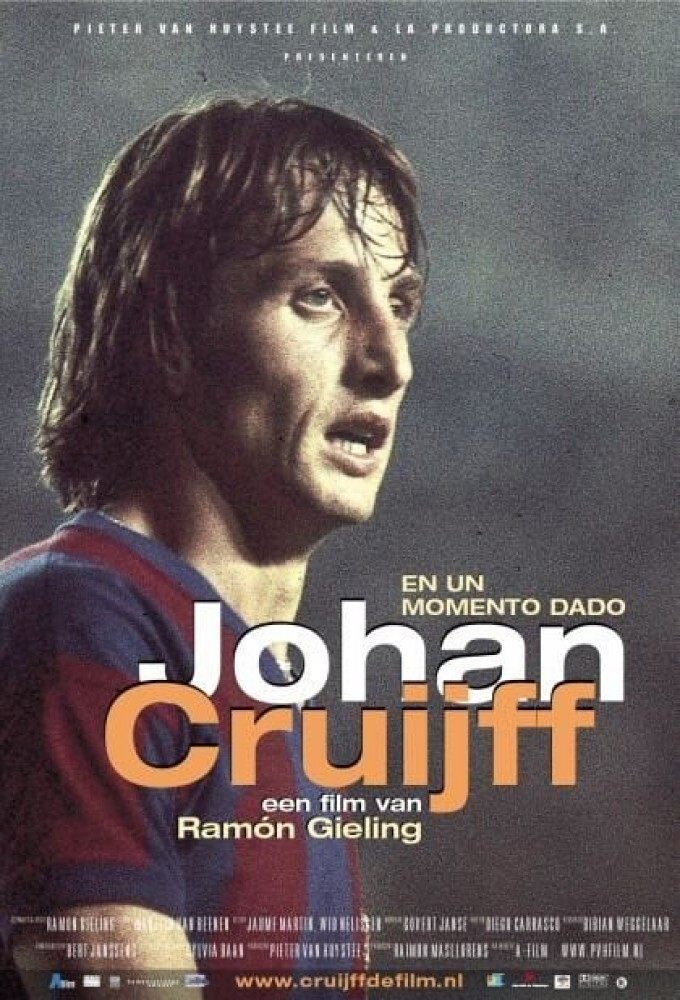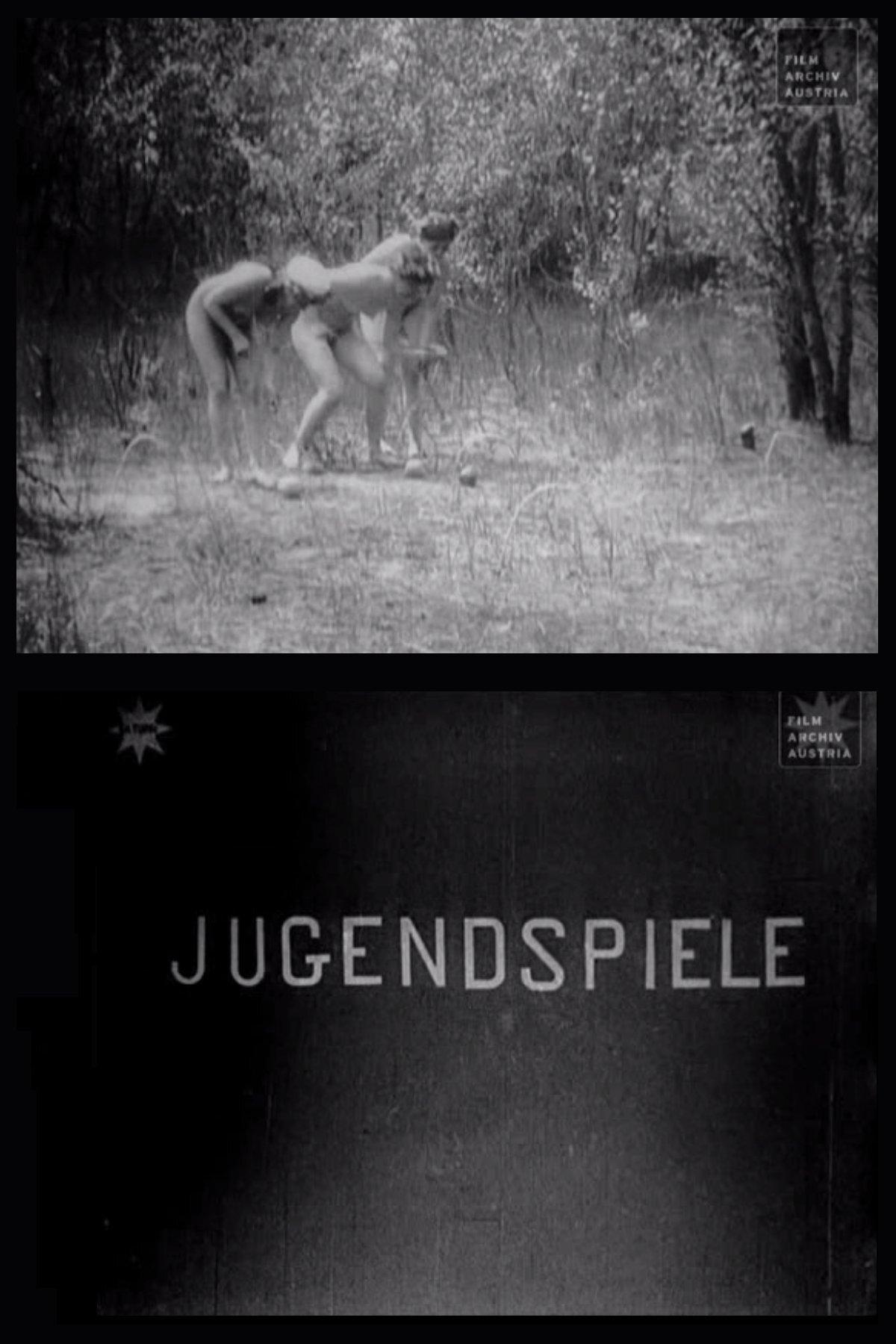
Games of Youth (1907)
Released:
1907-01-01
Duration:
1min
Genres:
Documentary
Rating 4.2
Overview
Compilation of two shorts also distributed independently: Cricket und Reifenspiel [Croquet and the Arc and Hook Game], and Springschnur und Amazonen [Jump Roping and the Amazons]. In a sunny day, on a lawn in the woods, three nude, young brunettes with little flower arrangements on their hair are playing a succession of three dexterity games: throwing and catching three arcs with the use of a thin long hook, jumping the rope (soon replaced by a long piece of light cloth), and using the arcs as hoops for a bit of croquet with appropriate mallets and balls.
Production Companies
Saturn-Film
Additional Info
| Budget | $0.00 |
|---|---|
| Revenue | $0.00 |
| Original Language | de |
| Popularity | 0.319 |
Directed By
Johann Schwarzer
Crew
Director
Johann Schwarzer
Johann Schwarzer
